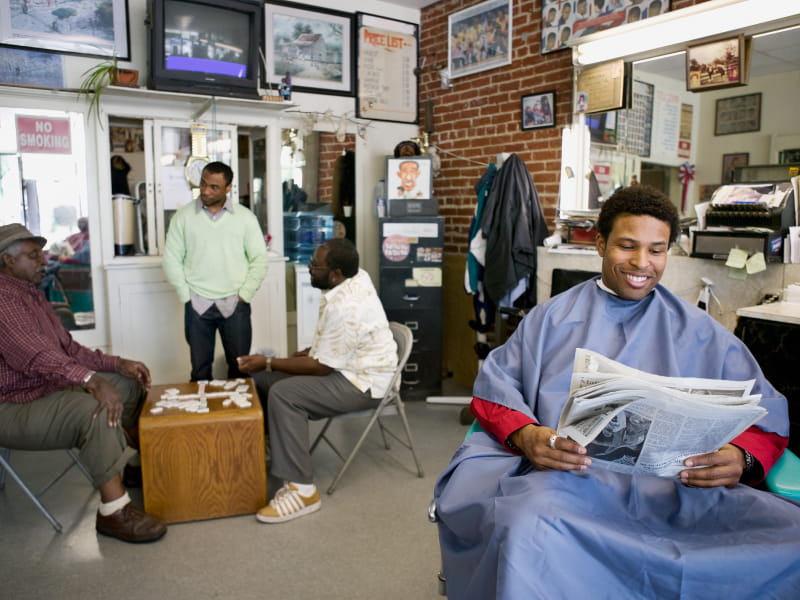Hairdressers as Artistic Stewards Shaping Neighborhood Character and Connection in New York City
Hairdressers as Artistic Stewards Shaping Neighborhood Character and Connection in New York City
Blog Article
Barbershops in NYC are not only places to get a haircut; they serve as important community hubs that help shape neighborhood identity and foster connections among residents. These businesses have a long history in urban settings, acting as meeting spots where individuals from varied backgrounds come togetherness. In many neighborhoods, barbershops are often the first place where individuals can participate in discussions about community issues, share stories, and build relationships. This distinct role makes barbers not only talented professionals but also community curators who contribute to the community fabric of their neighborhoods.
The environment in a barbershop is often vibrant and inviting, creating a setting where clients feel at ease expressing themselves. Barbers are known for their ability to connect with patrons, often participating in discussions that range from sports to politics. This interaction helps to create a feeling of belonging among patrons, as they share their experiences and perspectives. In many cases, barbershops mirror the ethnic diversity of the areas they support, showcasing different haircuts, grooming methods, and even music that resonate with the local community. This social exchange enriches the experience for everyone involved and bolsters community ties.
Barbershops also play a key role in maintaining cultural heritage. Many barbers have been educated in particular techniques that are transmitted through ages, guaranteeing that unique looks and methods are not forgotten over time. For instance, certain styles and grooming practices may be linked to cultural heritage, allowing individuals to express their identity through their appearance. By maintaining these traditions, barbershops help to keep cultural narratives alive, providing a sense of pride and continuity for community members.
In addition to their cultural significance, barbershops often engage in community outreach and support local initiatives. Many barbers take an active role in tackling social issues, such as learning and health education, by organizing events or providing resources to their clients. This involvement demonstrates a commitment Recommended Reading to the health of the neighborhood and encourages a feeling of duty among barbers. By using their influence to promote positive development, barbershops become essential players in the local area, further reinforcing their role as community curators.
In conclusion, barbershops in New York City serve as essential spaces for cultural exchange, community development, and identity creation. They provide a distinct environment where people can connect, share, and celebrate their varied backgrounds. As community curators, barbers not only influence the way clients show themselves but also affect the broader community dynamics. By understanding the importance of these establishments, we can value the essential role they have in fostering connections and preserving cultural heritage in city settings.